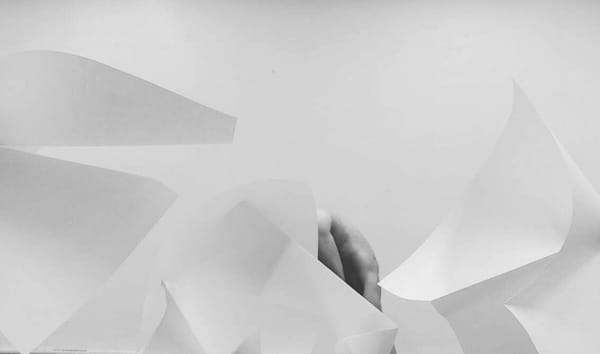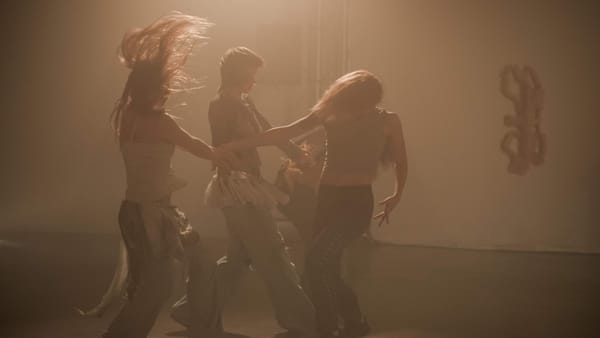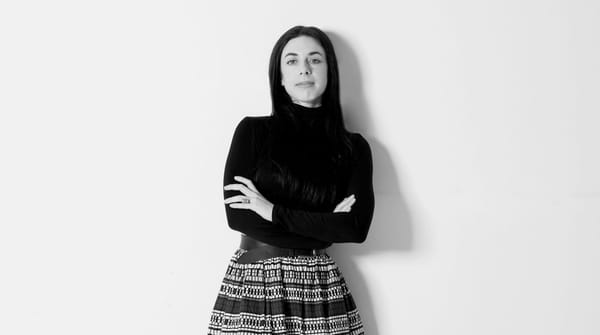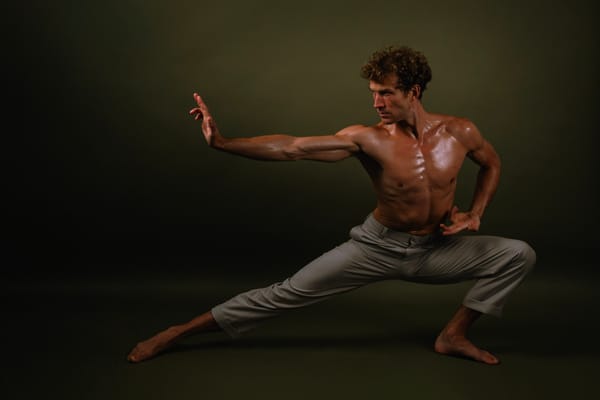Neapolitan Delight: Dancing Tammuriate Under Vesuvius
By Sonja Kieser — Under the shadow of Vesuvius, a golden-voiced goldsmith hosts a feast where tradition and trance collide. As drums pulse, strangers become one in the hypnotic rhythm of the Tammuriata—a dance where leading and following blur, and modern Italy rediscovers its ancient soul.
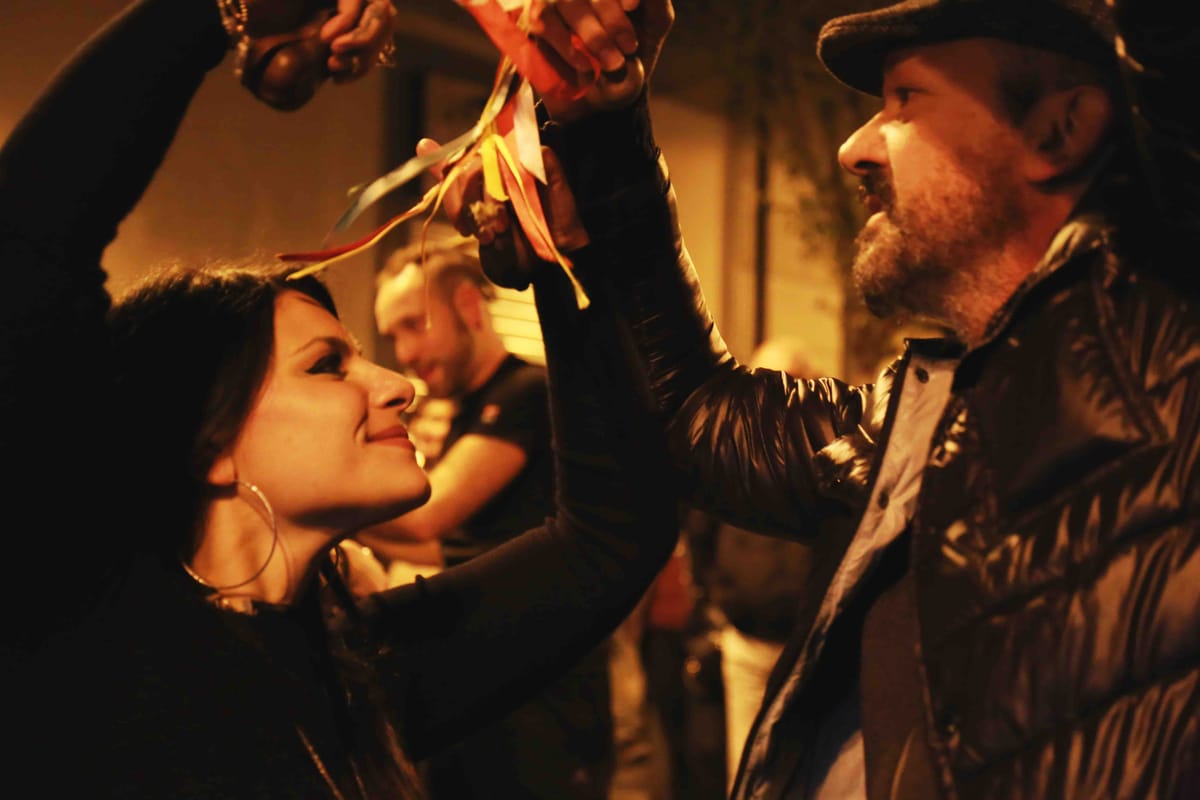
by Sonja Kieser
On December 9th, we gathered on Dario Mogavero’s terrace for a feast—to cook, sing, and dance the Tammuriata, the traditional dances of Vesuvius. The occasion was the celebration of the Immaculate Conception of Mary, held at e’ Falco (The Falcon), a farmhouse nestled in the foothills of Mount Vesuvius in Italy’s Campania region.
Historically, the farm’s courtyard was where families and neighbors gathered after work and for special occasions. Everyone contributed—food, drink, or entertainment. Today, Mogavero hosts the feast, covering costs through donations and opening his doors to all. This was the fifth edition of what has become an annual tradition.
“The idea of my party is bringing everyone together,” Mogavero says, “through our traditions—and even through what they are not. It’s about recreating the spirit of those old courtyard festivities, with some compromises.” Those compromises? Modern touches, like sound amplifiers for the music.
Mogavero, a goldsmith and gifted vocalist, began performing traditional Italian music seventeen years ago. His latest album, E si n’o bbuò sient (“Whether You Will or Won’t, You’ll Like This”), with the group Rareca Antica (Ancient Root), delivers on its bold title. It features 14 reimagined folk classics, including a local protest song and a Tarantella performed with Calabrian friends.
But the heart of the feast is the dancing. The Tammuriata, native to the Vesuvian region, takes many forms. In Terzigno and Giugliano, couples dance one at a time, encircled by onlookers. The metropolitan style, meanwhile, fills the space with multiple pairs moving together.
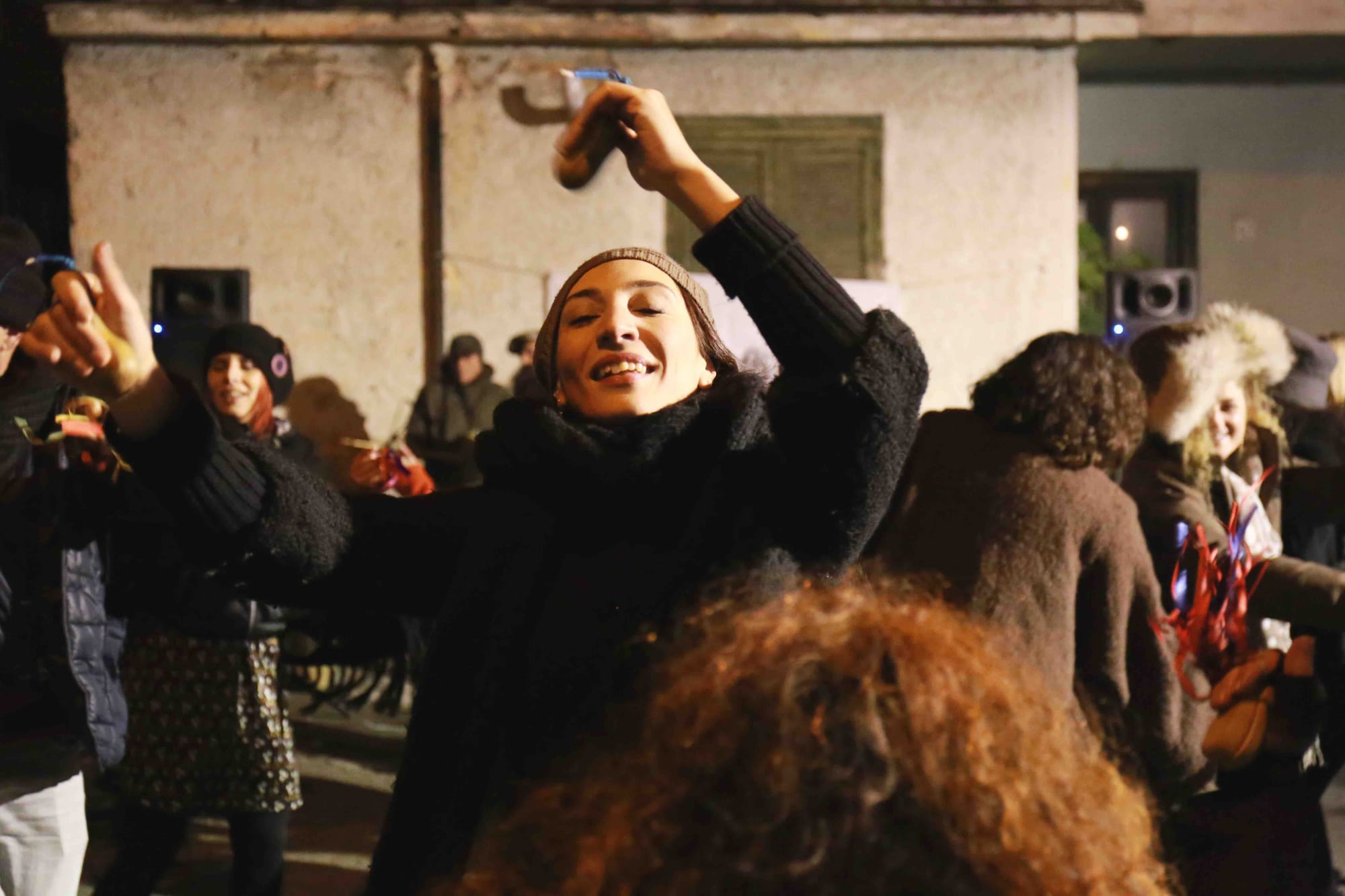
Luigi Taccone, a physiotherapist and friend of Mogavero, describes the experience: “At first, entering the circle feels like stepping into an arena. The spectators watch; the other dancers wait. The attention is unnerving. But slowly… you slip into a trance. You stop seeing the crowd, the others—you just dance. The rhythm takes over, and even if it’s just for minutes, you give yourself completely.”
What sets Tammuriata apart from other southern Tarantella dances is its fluid roles—leader and follower aren’t tied to gender. Dancers switch, sometimes guiding, sometimes yielding. Taccone prefers to follow. “The connection is everything,” he says. “Once, I danced with a stranger, a woman from Rome. We’d never met, yet we moved in perfect sync during the Calabrian Tarantella. I told her, ‘Lead me.’ With the right partner, it’s effortless—like being carried away. We became one.”
The magic of Tammuriata lies in its synergy. Singing, drumming, and dancing unfold simultaneously, each element precise yet fluid. The singer guides the dancers; the drum’s pulse drives the song’s stanzas. The ideal Tammuriata is reached when voice, rhythm, and body merge—a seamless, vibrating whole, in effortless immaculate synergy.
Sonja Kieser is a Vienna-based anthropologist focused on music, sound culture, and the anthropology of voice. Her work bridges ethnomusicology, philosophy, and poetics, exploring themes like spirit possession and soundscapes in Southern Italy. Blending academic research with creative expression, she shares insights through her blog Musicanthropology and Instagram, where fieldwork meets lyrical, sensory reflection.


